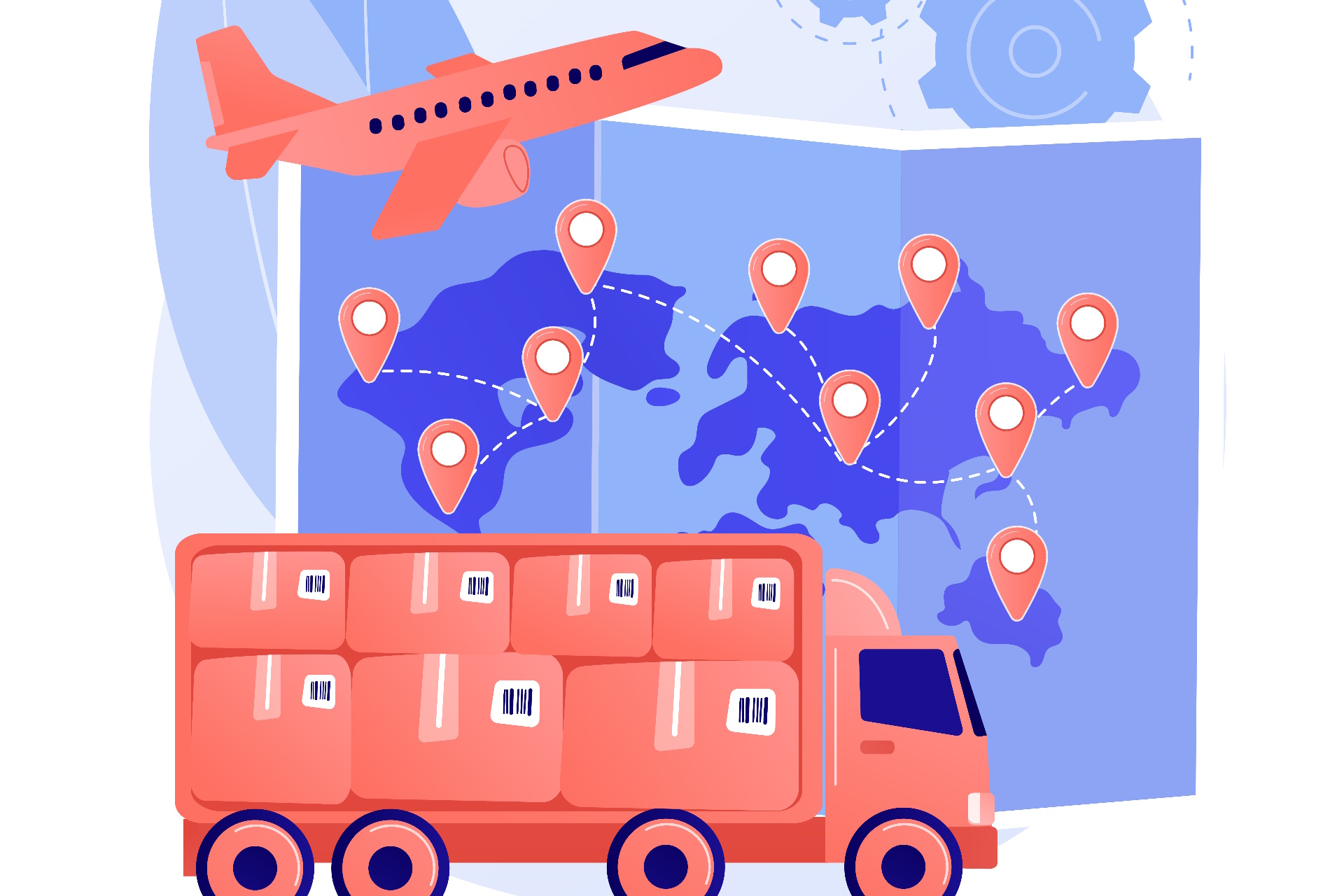As we navigate the complexities of cross-border trade in the post-COVID-19 era, it is essential for businesses to remain agile, adaptable, and forward-thinking. By embracing digitalization, optimizing supply chain processes, and prioritizing customer satisfaction, enterprises can overcome challenges and seize the abundant opportunities that lie ahead.
Introduction:
The global pandemic has reshaped the landscape of cross-border trade, presenting both challenges and opportunities for businesses worldwide. As we gradually move beyond the COVID-19 era, it becomes imperative for enterprises to adapt their strategies to thrive in this transformed environment.
Challenges:
The post-pandemic era poses several challenges for cross-border trade. One of the primary obstacles is the lingering uncertainty surrounding international travel and trade regulations. Border closures, lockdowns, and fluctuating government policies have disrupted supply chains and hindered the smooth flow of goods and services across borders.
Moreover, logistical bottlenecks and transportation delays have become more prevalent, leading to increased costs and longer delivery times. Additionally, businesses must contend with changing consumer behavior and preferences, as well as heightened concerns regarding health and safety standards.
Opportunities:
Despite these challenges, the post-COVID-19 era also presents significant opportunities for businesses engaged in cross-border trade. The accelerated digital transformation witnessed during the pandemic has paved the way for innovative solutions and streamlined processes.
E-commerce has experienced exponential growth, with consumers increasingly turning to online platforms for their purchasing needs. This shift towards digital commerce opens up new avenues for cross-border trade, allowing businesses to reach a global audience with relative ease.
Furthermore, advancements in technology, such as blockchain and artificial intelligence, hold the promise of enhancing transparency, efficiency, and security in international transactions. These technologies can facilitate trust among trading partners and mitigate the risks associated with cross-border trade.
Adapting Strategies:
To capitalize on the opportunities presented by the post-COVID-19 landscape, businesses must adapt their strategies accordingly. Embracing digitalization and investing in robust e-commerce platforms will be essential for expanding market reach and driving sales across borders.
Moreover, businesses should prioritize agility and flexibility in their supply chain management processes. This may involve diversifying sourcing strategies, optimizing inventory levels, and forging strategic partnerships with reliable suppliers and logistics providers.
Additionally, fostering a customer-centric approach is crucial for success in cross-border trade. Understanding the unique needs and preferences of international consumers, and tailoring products and services to meet those demands, will be key to gaining a competitive edge in the global marketplace.
#CrossBorderTrade #PostCOVID19 #GlobalCommerce #DigitalTransformation #SupplyChainManagement #ECommerce #InternationalTrade #BusinessAdaptation #Opportunities #Challenges
Read more views

















































































